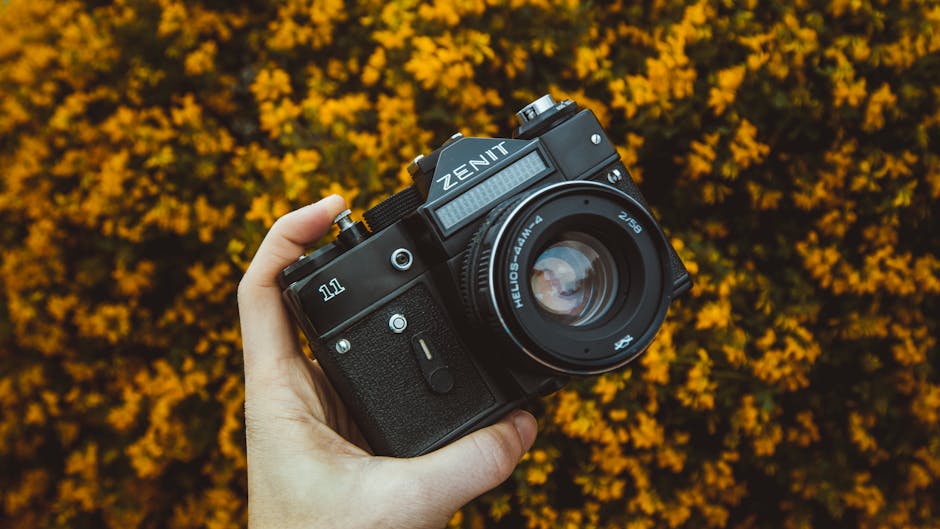The world of photography offers a wide range of camera options, each with its unique advantages and limitations. Two common types of cameras are SLRs (Single-Lens Reflex) and digital cameras. While both capture images, they differ in several key aspects. Understanding these differences can help you make an informed decision when choosing the right camera for your needs.
**Lens System**
SLR cameras feature an interchangeable lens system, allowing you to switch lenses depending on the desired focal length or aperture. This versatility is ideal for photographers who need to capture different perspectives and control the depth of field. Digital cameras, on the other hand, typically have fixed lenses, limiting their flexibility in terms of focal length and aperture. Some digital cameras offer the option to use interchangeable lenses, but these models tend to be more expensive.
**Sensor Size**
The sensor size plays a significant role in image quality. SLR cameras generally have larger sensors compared to digital cameras, resulting in higher image resolution and better low-light performance. Larger sensors capture more light, producing images with less noise and greater detail. Digital cameras, while having smaller sensors, often compensate with noise reduction algorithms to minimize the impact of sensor size on image quality.
**Viewfinder**
SLRs use an optical viewfinder that reflects light from the lens into a pentaprism or pentamirror, providing a real-time preview of the scene. This allows photographers to see the exact field of view and focus the camera accurately. Digital cameras, on the other hand, typically use electronic viewfinders (EVFs) that display a digital image of the scene. EVFs offer some advantages, such as the ability to preview the effects of camera settings, but they can have lower resolution and refresh rates compared to optical viewfinders.
**Autofocus Performance**
SLRs generally have faster and more accurate autofocus systems compared to digital cameras. The dedicated autofocus sensors in SLRs provide precise focus tracking, especially in low-light conditions or when capturing fast-moving subjects. Digital cameras, while improving in autofocus capabilities, may not perform as well in challenging lighting situations or with moving subjects.
**Image Processing**
SLR cameras offer more manual control over image processing, allowing photographers to adjust parameters such as white balance, exposure, and color. This level of customization enables photographers to fine-tune images and achieve specific aesthetic effects. Digital cameras, while offering some degree of image processing, may have more limited manual controls, especially in entry-level models.
**Ergonomics**
SLRs tend to be larger and heavier than digital cameras due to their interchangeable lens systems and complex internal mechanisms. They offer a more traditional camera feel and handling, with dedicated buttons and dials for quick access to settings. Digital cameras, being more compact and lightweight, prioritize portability and ease of use.
**Target Audience**
SLR cameras are ideal for professional photographers, enthusiasts, and hobbyists who require advanced features, image quality, and flexibility. They are suitable for various genres of photography, including portraits, landscapes, wildlife, and sports. Digital cameras, on the other hand, are more accessible to casual photographers and beginners who prioritize convenience, portability, and ease of use. They excel in capturing everyday moments, travel photography, and social media sharing.
Ultimately, the choice between an SLR and a digital camera depends on your specific needs and preferences. If you prioritize image quality, versatility, and advanced features, an SLR camera may be the better option. For portability, ease of use, and everyday photography, a digital camera might be a more suitable choice. Understanding the key differences between these two camera types will help you make an informed decision and capture stunning images that meet your expectations.

